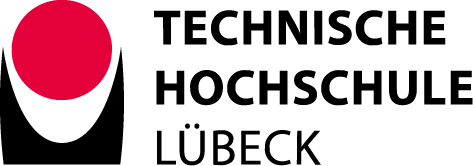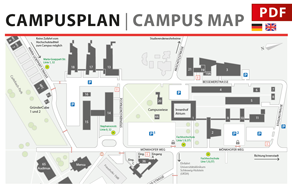Das CoSA-Seminar findet am 23.08.2022 um 11:45 Uhr hybrid statt.
Präsenz: Raum 17-01.03
Virtuell: CoSA - Seminar (Die Webkonferenz wird ab ca. 11:30 Uhr für die Teilnehmer freigeschaltet)
Wir haben folgende Vorträge geplant:
- Sebastian Hauschild: Comparison of the latency and energy demand of Convolutional Neural Networks on IOT-Systems at the EDGE in wireless distributed environments (20 Minuten)
- Sven Ole Schmidt: Evaluation of an Electrical Impedance Tomography Model for Underwater Object Detection (10 Minuten)
- Fabian John: Multisensor Platform for Underwater Object Detection and Localization Applications (10 Minuten)
Die Vorträge dauern ca. 20 Minuten mit anschließend 10 Minuten Diskussion. Wir freuen uns auf eine rege und aktive Teilnahme.
Die Seminare sind auch auf https://www.th-luebeck.de/cosa/zu finden. Wenn Sie auch einmal einen Vortrag anbieten möchten, kontaktieren Sie uns gerne (fabian.john(at)th-luebeck.de).
Sebastian Hauschild: Comparison of the latency and energy demand of Convolutional Neural Networks on IOT-Systems at the EDGE in wireless distributed environments (20 Minuten)
The increase in computing power and integration of specialized hardware for Artificial Intelligence (AI) acceleration like Tensor Processing Units (TPU) enable complex machine learning at edge devices in the Internet of Things (IoT).However, wireless portable systems are limited in computing power and battery lifetime. To increase the battery lifetime of edge devices and accelerate inference of IoT systems, many developments focus on combining or outsourcing AI algorithms to a cloud via wireless links e.g. wireless LAN IEEE 802.11ac or mobile network 4G/5G. Due to limitations of restricted wireless transmissions in rural areas mainly below 50~MBit/s, resulting longer transfer times can significantly affect inference latency and energy consumption from the perspective of the IoT edge device and deteriorate the response time of the application. In this CoSA Seminar, we provide a prototype setup for image processing via Convolutional Neural Networks (CNN) and investigate inference latency and energy consumption of an IoT edge device with a varying wireless link.
Sven Ole Schmidt: Evaluation of an Electrical Impedance Tomography Model for Underwater Object Detection (10 Minuten)
Underwater detection and localization measurement systems gained more importance in recent years. E.g., partly buried objects like high-voltage power cables must be identified and localized reliably. The concept of Electrical Impedance Tomography (EIT) focuses on the current flow between sets of two source electrodes. Changes in the transmission medium’s conductivity based on inhomogeneous objects lead to impedance variances that influence the current flow and therefore the measured electric potentials. By activating multiple sets of source electrodes iteratively, an characterization of the environment in a dedicated observation area is created. Multiphysics simulations are able to model these potential measurements. But the quality of the model is still an open question. In this work, we model a 3- dimensional EIT array of 20 electrodes overall, divided in distinct sets of ten source and measurement electrodes each. We derive the theoretical background and simulate the current flow, which is analyzed to determine the resulting electric potential at the measurement electrodes without and with a copper cylinder in the observation area. The cylinder is able to influence the simulation results and leads to significant object position indications based on the changes of the measured potentials. Also, the model depicts the increasing distance between cylinder and EIT array correctly, since the influence on the potential measurements is decreasing.
Fabian John: Multisensor Platform for Underwater Object Detection and Localization Applications (10 Minuten)
Reliable object detection and localization in various underwater applications is still challenging. Existing sensors are limited to particular applications and/or environmental boundaries. We present an architecture with a uniform communication protocol for a multi-sensor platform that enables a robust integration of different sensor systems. Further, we propose an extensible modular multi-sensor platform prototype to detect and localize objects with different properties in all environments. Our prototype combines magnetic, acoustic, and electrical sensors for object detection and localization. The functional prototype is ready for first measurements outside the laboratory environment.

